Challenges faced by students with physical disabilities
Progress has been made in providing more accessible campuses, but for too long, students with physical disabilities have had to self-advocate for their needs.
 3 min read
3 min read
 Published: 16 Jan 2019
Published: 16 Jan 2019
 Luke Garbutt
Luke Garbutt
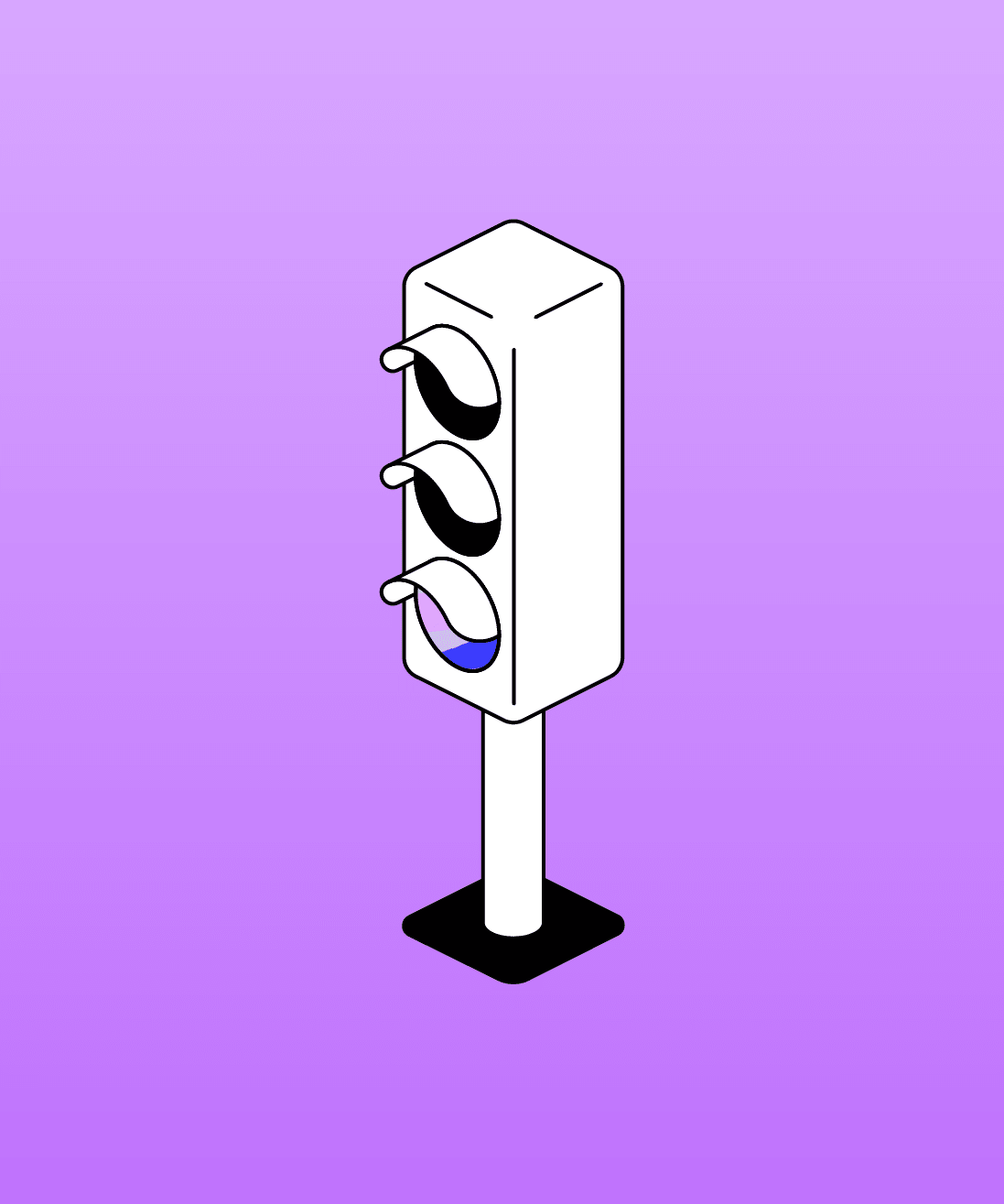
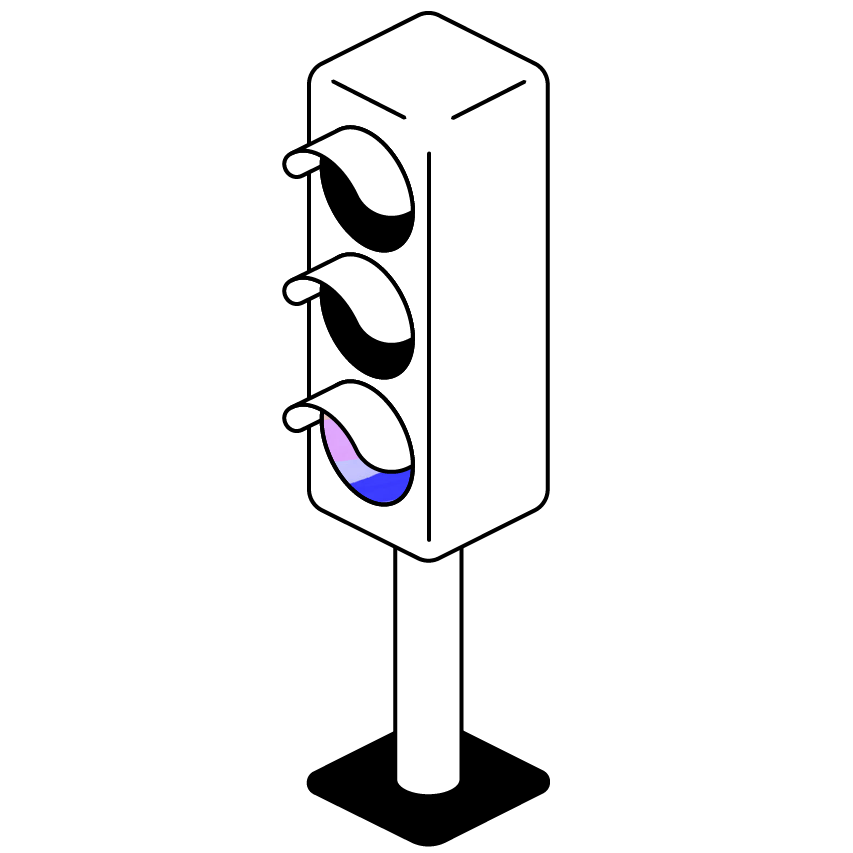
We still have a problem with supporting students with physical disabilities. Great progress has been made in providing more accessible campuses, but for too long, students with physical disabilities have had to self-advocate for their needs.
For many such students, a typical classroom can be problematic. Whether through issues with mobility, sensory impairment or any other factor relating to their condition, the education experience is fundamentally different to able-bodied students.
We believe a better understanding of the challenges faced by students with physical disabilities will help institutions adapt and create more accessible learning environments for all.
It is estimated by the United States Census Bureau that around 24 million adults in the US suffer from one or more forms of physical disability. That’s just over 11% of the adult population
27% of students accessing accommodation from Disability Support departments have a physical disability
Physical disabilities can come in many different forms. Here, we’ve separated them into 3 basic categories.
Some of these difficulties might seem obvious, but as students have reported, that doesn’t mean they’ve been fully addressed by institutions.
1. Sensory Impairment
It’s clear what obstacles present themselves to a person with hearing or vision impairment in daily life. Navigation, communication and interpretation of surroundings all spring to mind as obvious areas of difficulty for those affected.
Classroom instruction typically combines both aural and visual content. Take the lecture format, for instance. A student living with sensory impairment may experience problems with one or both of these elements, potentially reducing access to important information. The inability to make full use of the senses is therefore a huge obstacle for classroom instruction.
There are, of course, plenty of accommodations for students with sensory impairment. Innovations in assistive technology have made classrooms more accessible than ever. However, the fact remains that, in a traditional teaching format, student experience will differ from able-bodied peers. And getting to grips with that is a common challenge for students with a physical disability.
2. Ambulatory Disabilities
For those students with impaired mobility or motor-functions, different obstacles present themselves. Many of these are of a practical nature.
Getting between classes, planning accessible routes through campus, ensuring needed assistance will be available and other logistical issues can create obstacles to learning. Despite great strides forward in providing accessible campuses for all students, problems in this area persist.
In the classroom, there could be all kinds of issues that need the attention of Disability Services. For instance, a student may be unable to write or type. This will require accommodation in the form of a peer notetaker or assistive technology.
Cerebral palsy, muscular dystrophy, spina bifida and spinal cord injury are some examples of conditions that create ambulatory disability. But there are many more, each with their own set of challenges. Providing a classroom experience that smooths these obstacles as much as possible through inclusive design and practices is how many institutions meet this issue.
3. Invisible/Medical Disabilities
Students with long-term illnesses of a certain nature could be classed as having a physical disability. These disabilities will often be invisible, or not immediately apparent.
Examples include diabetes, Crohn’s disease, epilepsy, asthma and chronic pain. Students affected by these conditions will face unique challenges that could affect their learning. Issues such as the toll of medical treatments, acute episodes and the effect of illness on energy levels all have the potential to impact academic performance. The key to classroom success starts with engagement, and it’s easy to see how this could be negatively affected by these kinds of conditions.
Recognising that each student might be facing their own set of obstacles with an invisible disability is the first step towards shaping classrooms that truly accommodate. Keeping Universal Design of Learning (UDL) in mind when approaching class frameworks is therefore crucial.
We’ve produced separate pieces on how other disabilities like autism or mental illness affect classroom experience. It’s our aim to provide a resource for support staff to better help students with disabilities, no matter what their circumstances are.
But there’s also a problem that impacts all students with a disability.
A Shared Obstacle
The transition from high school to college can affect the level of support students with disabilities are entitled to.
We discuss this in more detail elsewhere, but it’s worth pointing out that this shift produces a change in role for the student. Often they will have to take on the responsibility of ensuring they are getting the right support from Disability Services themselves.
Self-advocating can be an uncomfortable or intimidating experience for students unused to it, and this can be a significant obstacle in the first year of study.
Disability Service departments have the opportunity to make this process a lot easier. By effectively promoting their work and providing solutions tailored to students’ needs, accommodations coordinators can make accessing assistance that much easier.
But what resources are out there to help? That’s what we want to show you.
In our next piece, discover:
- How technology is shaping the future of classroom accommodations
- Why note taking is such a vital study skill, and what you can do to improve it
- How to improve engagement among students with physical disabilities
Get Glean for FREE
To help you support your students with note taking during this time, trial Glean for free.
Written by Luke Garbutt

More from Disability Services
View All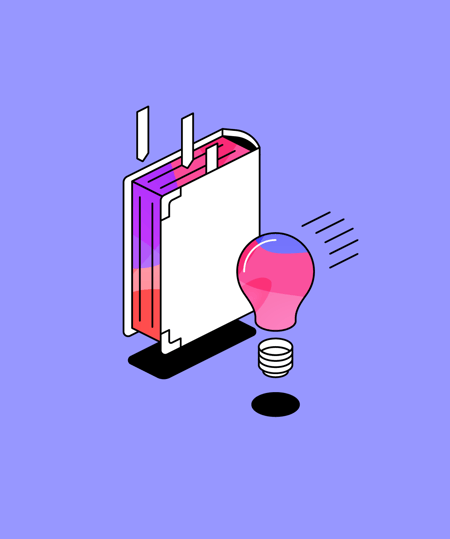
 4 min read
4 min read
Navigating budget restrictions: a comprehensive guide to maximizing departmental resources
Higher education professionals face increasing pressure to do more with less and maximize limited resources. In this article, we explore tips, strategies, and success stories for adopting assistive technology and effectively planning budgets.
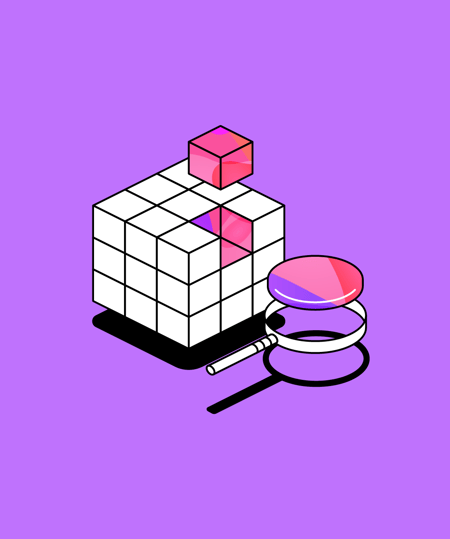
 2 min read
2 min read
The power of inclusive language and technology
In a recent webinar, Leslie Smith, Manager of the Access Center at Volunteer State Community College, shared a powerful insight into the transformative impact of language and technology.
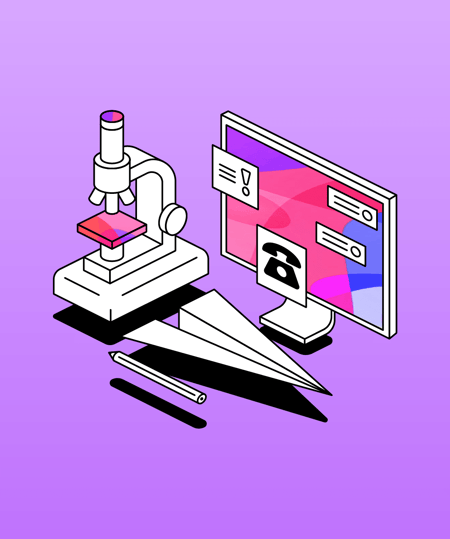
 3 min read
3 min read
The future of disability services in higher education
Disability services are experiencing significant change. To explore this, and how they may continue to evolve, we sat down with Christa Price, Assistive Technology Specialist at California State University, Northridge, and Aaron Holmes, Access Specialist at MiraCosta College.





